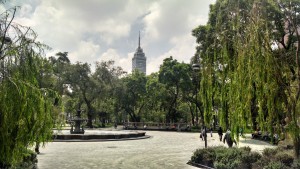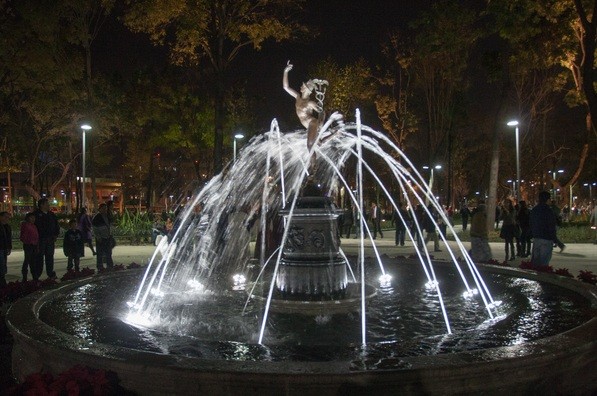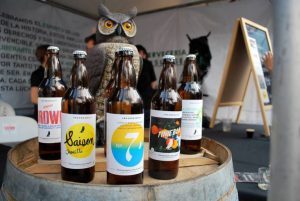The Alameda Central is the grand city park of Mexico City. Easily one of the oldest city parks in the Americas, the Alameda has been a symbol of the city, through good times and bad, for more than 400 years.
A major renovation in 2012 permanently removed the street vendors who once plied its walk ways. With the vendors went dogs, skaters, bicycles and a number of other items prohibidos listed on the sign posts at every park entrance. The renovation also included re-paving just about the entire park, major re-plantings including new trees and indigenous plants, plus new light posts, and improvements to existing park features like benches and fountains. The whole job came to some MX$240 million.
Though measuring but 400 x 200 meters, the Alameda Central has survived, fires, floods, epidemics, earthquakes, wars and a rather lengthy inquisition that put it to use.
Here’s a list of astonishing facts to put things into perspective.
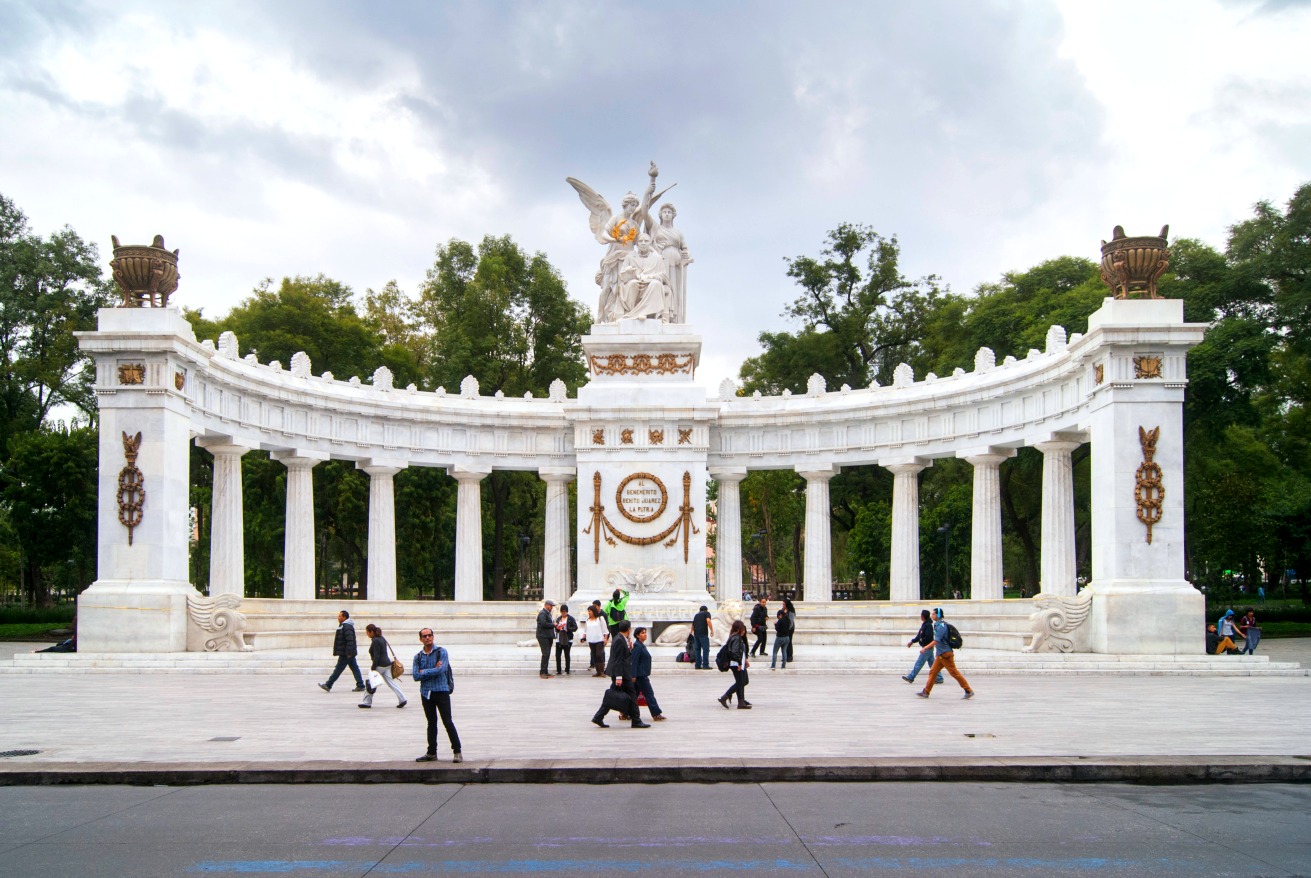
1– Created way back in 1592, the Alameda Central was the brainchild of Viceroy Luis de Velasco who used to further development on what was then the western edge of the city.
2– At the time, the park extended only to today’s Juarez Hemicycle, pictured above. Beyond this point a rather plain plaza was known as El Quemadero or The Burning Place. Although the fires were nothing like those in Europe, the same crimes, especially “being Jewish,” were punished here, usually by burning at the stake. The Mexican arm of the Spanish Inquisition took only about 50 lives in total in its run between 1571 and 1820.
3 – In Mexico City, the 17th century was notoriously flooded, plagued and disease ridden. Even as the City rose to become easily the most important in the Americas and as Chinese neighborhoods sprang up next to Otomi, Philipino, Spanish, and Italian neighborhoods – and neighborhoods where only Nahuatl, Zapoteco and Mixteco were ever spoken – the park fell into serious disrepair. Only at the very end of the 17th Century was the park again restored for the new and increasingly powerful nobility.
4 – By 1770, with the Inquisition largely petered out, a new Viceroy, Carlos Francisco de Croix expanded the park, added some landscaped gardens over the now cold stakes, and a carved stone was placed at the center of the park. The name Alameda probably dates from this time. “Álamos” or poplar trees were brought from Coyoacán and planted here. The name quickly spread to most every city and small town park in the country including to the better known Alamo in San Antonio, Texas.

5 – By now the park included fountains and the more or less geometric layout that we know today. But in 1791 it was entirely enclosed with a wooden fence by the Count of Revillagigedo who’d then decided it was only for the noble classes.
6 – One more reason to break with the Spanish. After the Mexican Independence (1821), Emperor Agustín de Iturbide took to adding pillars, roundabouts and new statues. Trees were planted, and a new fountain with a statue of a woman symbolizing freedom was placed at the center of the park. Revillagigedo’s fence was removed and a gas-lighting system was eventually installed. The Alameda Central became a meeting place of the new Republican and Imperial upper classes. They didn’t get on well, but the park was big enough that they could keep to their respective sides.
7– In 1846, when President Antonio López de Santa Anna triumphantly rode back into the city after provoking the US invasion, he ordered the fountains of the park be filled with wine. Workers and soldiers had a time of it even under Santa Anna’s otherwise spotty regime. Mexico lost half its territory, the city was occupied and Santa Anna ended up in exile in Jamaica and later Colombia among other places. Credited with introducing chewing gum to the United States, park workers scraping it from the Alameda pavement have one more reason to curse his name.
8 – Porfirio Díaz, whose thumbprint is bigger than anyone else’s on 19th Century Mexico City, was instrumental in again expanding the park. He widened the streets, and replaced the Moorish Pavilion (now in Santa Maria la Ribera) with the Juárez Hemicycle, an empty tomb to honor Benito Juárez.

9 – The painter, Diego Rivera immortalized the Alameda in a mural he called “Dream of a Sunday Afternoon in the Alameda Central.” The 1947 painting, at 15 meters long, is in the Diego Rivera Mural Museum, directly west of the Alameda.
10- The Alameda Central can be reached directly from the Bellas Artes metro station to the east of the park, or from the Hidalgo metro station directly west. It’s today one of the safest parks in the city, even at night, although of course, late nights, guests should exercise caution.
Bonus – Trash cans? If you can’t find a place to toss your spent elote cob, watch for workman pushing yellow plastic bins. They’ll haul off your excess. Just tell them thanks.

ILUMINA is an interactive sculpture of light and sound fed by the collective energy of people’s hearts.
Art and technology are two faces of human creativity, two that are also closely related, despite the differences they apparently have with each other. What art does on many occasions has been achieved thanks to a specific technical development, a technology whose existence allows the artists to enhance or limit their creative work. Yes, it conditions it, but possibly also encourages it to transcend those limitations.
In this sense, the relationship between one and another human activities could be found in virtually any era, but it is certainly in recent times when technology has a presence, so persistent, somehow so inescapable, that art has been benefited for incorporating it. Both as a resource, an instrument, as part of the examination of contemporary reality, when many of our practices and interactions almost necessarily pass through a technological device.
Thus, somehow the ideal professed by Nietzsche on the need to transform life in a work of art, but this time through art and technology. Somehow the aesthetic sensibility, the discovery of the admirable or the frankly beautiful that any of us can perceive, finds a vehicle, a means of transmission and expression in how art can be magnified through technology.
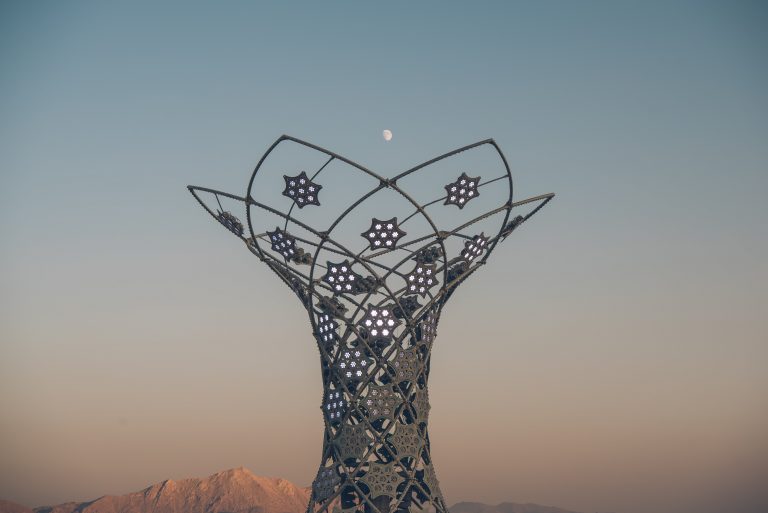

Nowadays, it is becoming more and more complex to achieve high levels of consciousness, and to create a community without being outside of technology, but ww can use it as a tool to improve our sensitive abilities. To the same extent that we depend on technology to survive, it has become part of our lives, even in its most spiritual and even transcendental recesses. Art, now more than ever, demands to be a vehicle to explore different states that bring us closer to the dimensions of the infinite
Ilumina is an installation created by the artist Pablo Gonzalez Vargas, who through a deep exploration with the power of interconnectivity, proposes a method to improve the energy field of the planet. Pablo Gonzalez created a majestic interactive sculpture of light and sound that is activated by the emotional states of people, generating a beautiful light show and a sound landscape where the participants enter a state of coherence and deep harmony with themselves and with each other.
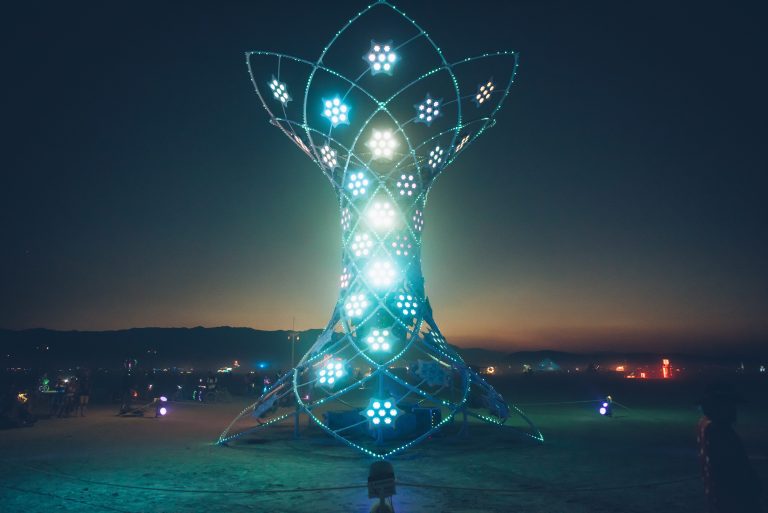

Ilumina is a metallic art monument, completed with aluminum and LED lights that together form an architectural piece full of harmony. The piece of art combines technology with a design of ancient wisdom. Ilumina has a program that responds to external stimuli, being able to shine more while more “coherent” is the group that hosts, generating a unique shared experience.
Ilumina is a chilling visual experience, and the volunteers who participate in the exercise of meditative immersion that lasts three minutes, are transported to a state of coherence and deep harmony with themselves, with their fellow participants and with the cosmos through a patented fusion of modern technology and transpersonal art.
The biometric sensors are connected to the ear lobes of each participant, which measures their unique state of coherence and averages them together. This is how lighting design and moving soundscapes respond to a unique algorithm, a product of HeartMath that uses biometric sensors for personal self-training in the regulation of emotional states where the sculpture becomes brighter to the extent that the users experiment with their emotions.
The team that created Ilumina included about 20 people from different disciplines and contributions. There was a large industrial design team that shaped the exact model that was taken to manufacturing. Marco Kalach worked with an expert manufacturing workshop, because as it is a public use facility in particular events, it had to comply with all the rules, structural regulations and with protection codes. The executive producer of the project was Gaby Vargas, who was responsible for the expertise at HeartMath, and joined by mexican musicians and audio engineers to make the experience of 360 degrees of immersive sound, led by Billy Mendez. The lighting team, directed by Paolo Montiel, coordinated all the programming and lighting design that makes symbiosis with the audio.
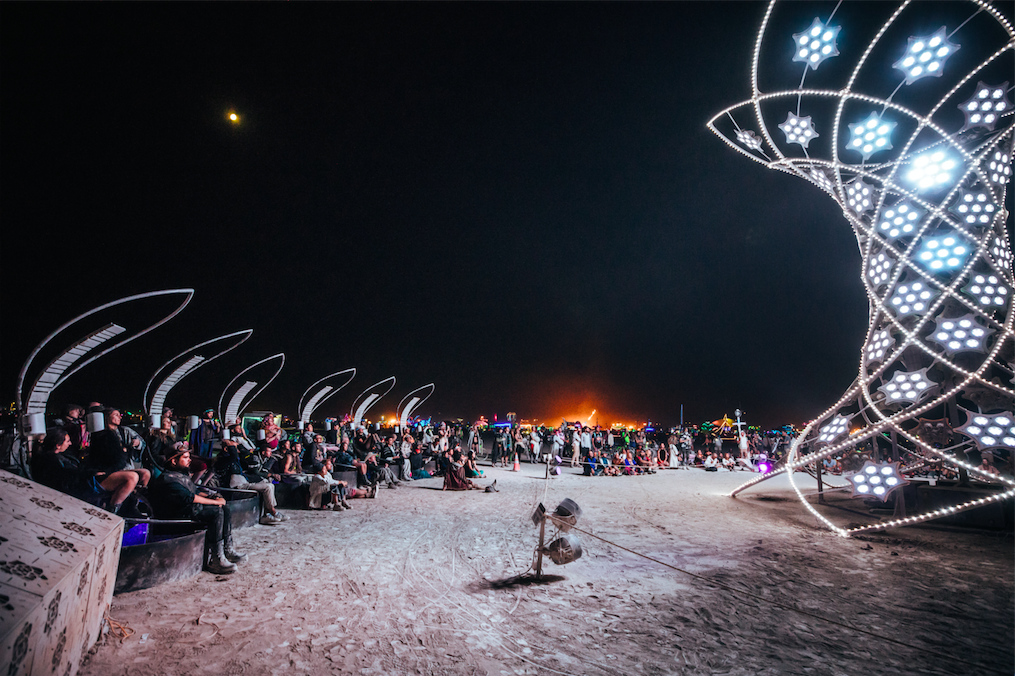
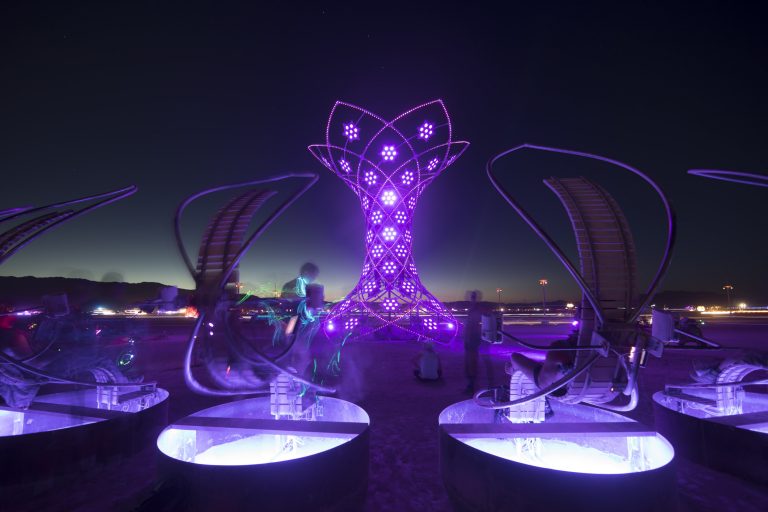
It was at Burning Man 2012, where Pablo Gonzalez Vargas created an art car called Mayan Warrior: a luminescence project and a spectacular audio show featuring pieces by the artist Alex Gray and musical performances by elite artists from Mexico and around the world.
In the penultimate edition of Burning Man, Pablo Gonzalez and his team decided to go a step beyond the great proposal that is Mayan Warrior, by presenting Ilumina, this piece of sacred geometry that radiates not only light but an algorithmic sacrality, it’s as mystical and hypnotic as an art piece can get. The tower of almost 12 meters high illuminated the Nevada desert at the Burning Man Festival 2017, and users managed to enter a mental state full of concentration characterized by a complete absorption, a wonderful moment of loss of the notion of spacetime.
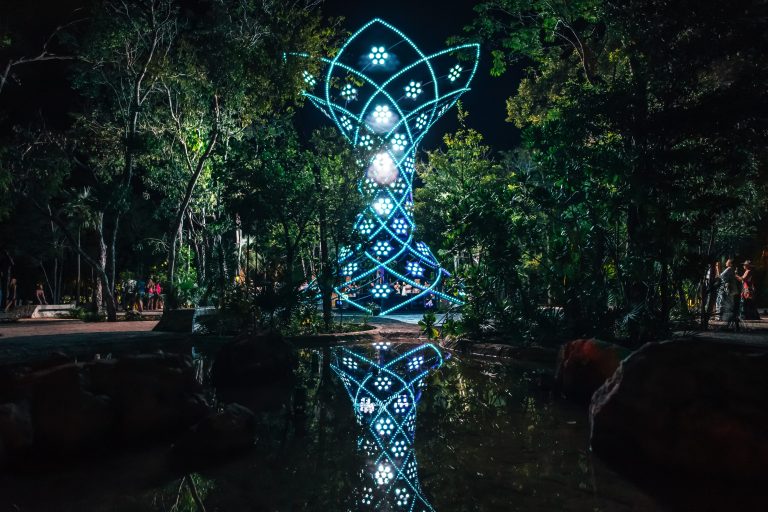
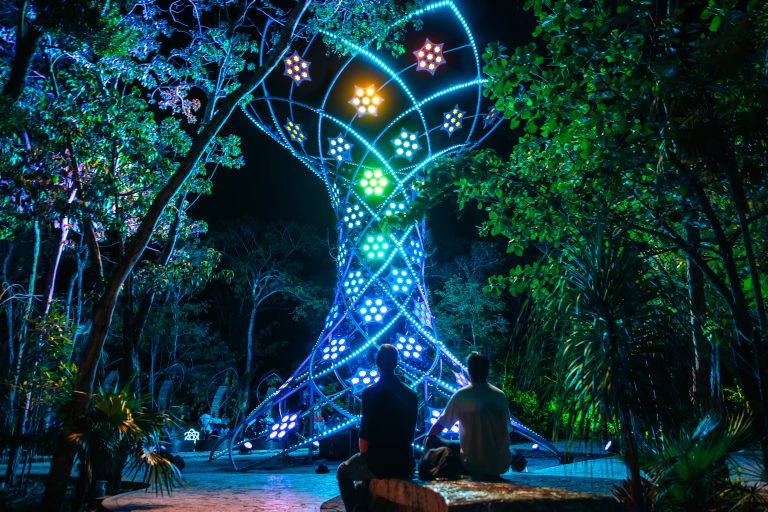
It is expected that later there will be replicas of these sculptures, so that they can reach new locations around the world, and we can experience this amazing spectacle of light and the soundscape that connects us with the profound mysticism that exists in ourselves and that highlights the interconnectivity of our planet with the global energy fields.
Here are some photos of this beautiful project, in which lies the probability of a coherent and luminous future that would be worth living.

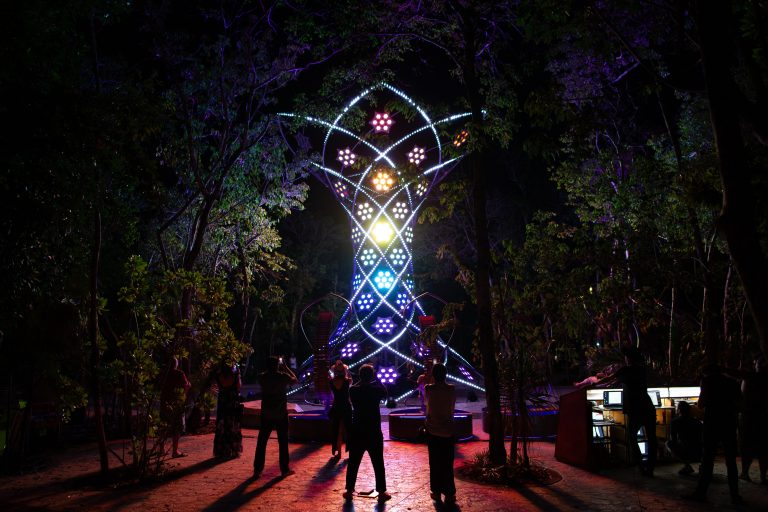

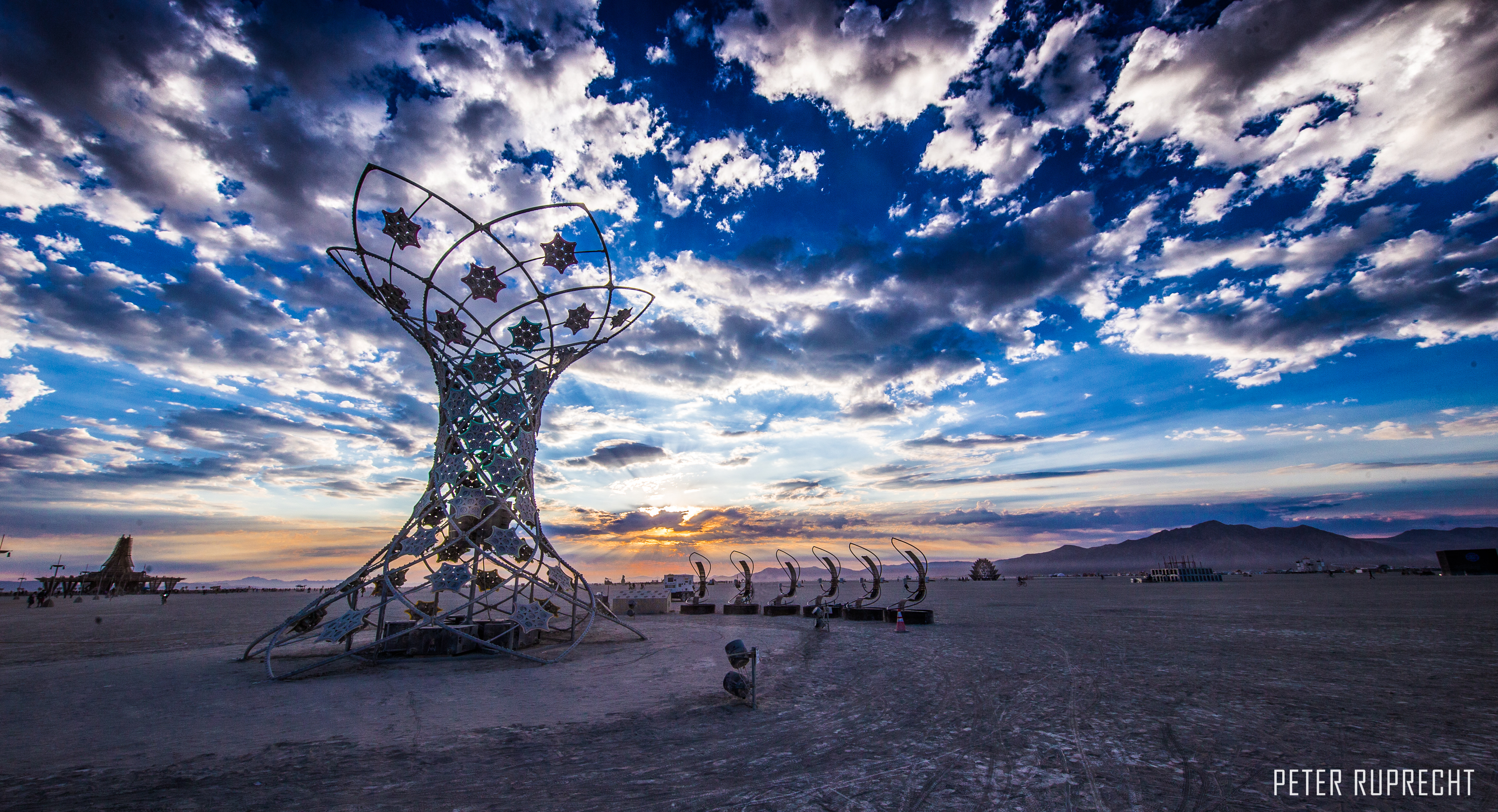
If you want to know more about this beautiful project or about the creative artist and allies that integrate it, visit their social media channels:
Ilumina Art Installation
Sitio web // Facebook // Instagram
Chilangos may cherish their reputation for never reading, but Mexico City libraries present a very contrary picture.
Though the internet makes lots more information available to lots more people, Mexico City libraries have simply not been supplanted. Charged with continually re-inventing themselves, and their places in the public imagination, one can still encounter eras gone by and great historical minds in a library as in few other places.
Knowledge, after all, belongs to everyone. Opening a book, reading it at a study, or just meeting in the silence of one these Mexico City libraries enhances concentration, and provides a welcome respite from everything going on out there in the world.
Of all Mexico City libraries, the oldest were part of the church and one or another of its offshoot organizations. Among these was the Colegio de Santa Cruz de Tlatelolco, founded in the 1530s and surviving today as the Biblioteca José María Lafragua. Most of these ecclesiastical libraries were not truly open to the public, and Mexico had to wait for the National Library of Mexico, inaugurated by Benito Juárez in 1867 to enjoy the benefits of a truly public library system.
The list below is intended to let you enjoy some of that system, too.
José Vasconcelos Library
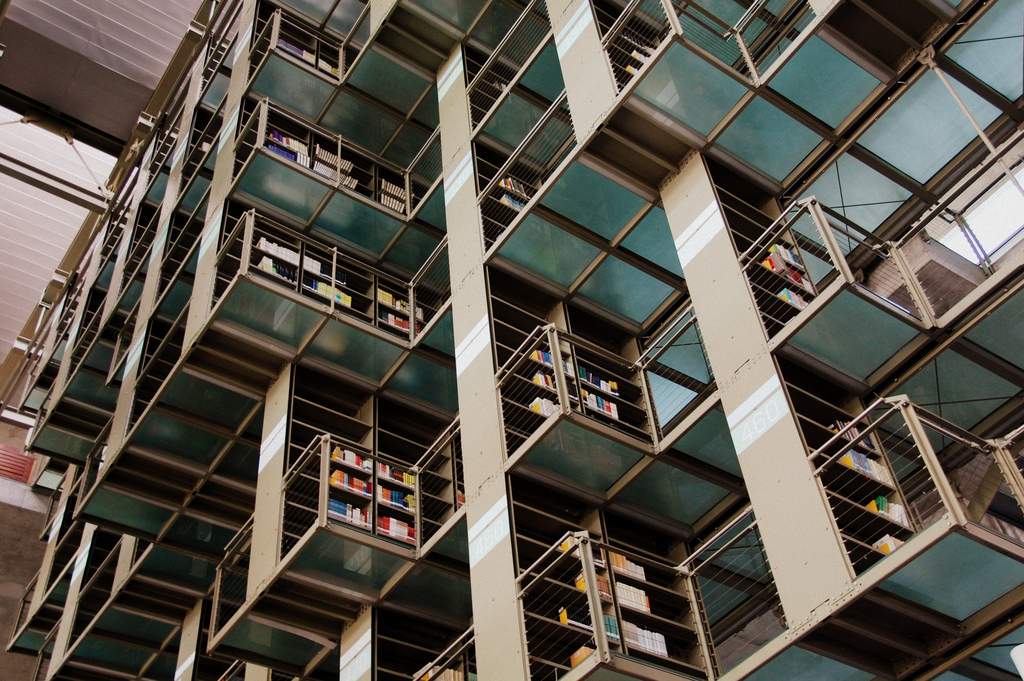
Opened just ten years ago, in 2006, the Vasconcelos is visited by thousands for the sheer spectacle of its innovative design. Graced by the iconic whale from artist, Gabriel Orozco, it’s always a good library for art and visual spectacle. The facade retains something of a colonial appearance, but for sheer scale, and jaw-dropping space, the interior must be experienced.
Address: Eje 1 Norte Mosqueta S / N, Buenavista
Website
UNAM Central Library
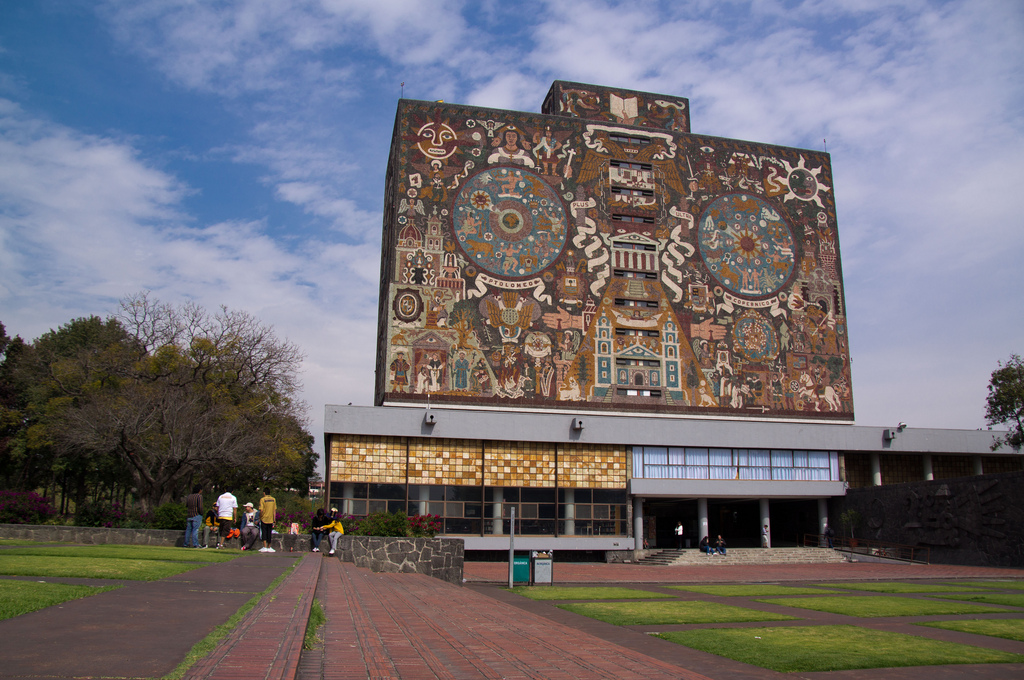
We’ve written a lot about it in these pages, but the UNAM library with the Juan O’Gorman murals remains one of the most outstanding of all Mexico City libraries. As a UNESCO site with some 428,000 volumes in the collection, it’s the biggest in Mexico, but lots of folks visit just to see the facade and the surrounding grounds.
Address: Circuito Interior S / N, Coyoacán, Ciudad Universitaria
Website
National Library of Mexico
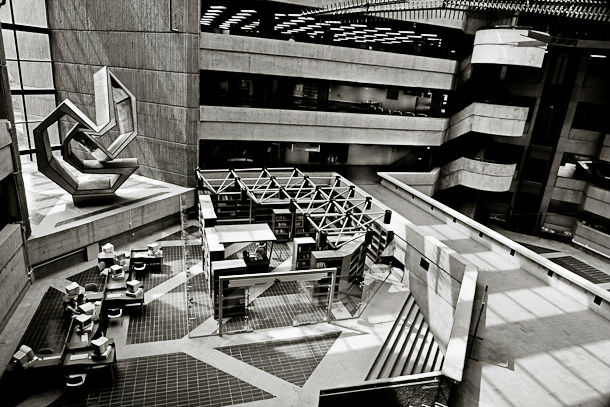
Opened by Benito Juárez in 1867, there’s still a good one million books inside, today administered by the folks from UNAM. Originally located in the San Agustín church in the city center, the current building was opened in 1979. Geometric, and massive, it’s an extraordinary place to visit.
Address: Av. Universidad 3000, Coyocacan
Website
Miguel Lerdo de Tejada Library
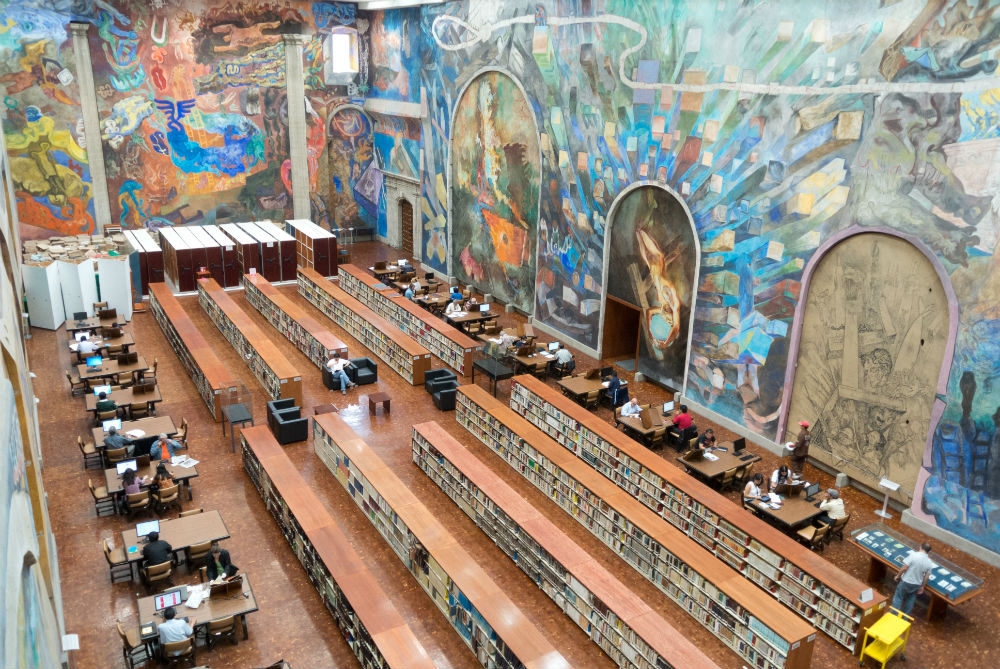
Specializing in economic materials, this collection of some 86,350 books and 114,852 journals is administered by the Secretary of Finance and Public Credit. Founded in 1928, it’s one of the cities true public art spectacles. Inside the main nave of the old Oratory of San Felipe Neri “El Nuevo,” the baroque façade outside is just the beginning. Inside, the murals are futuristic, and not to be missed.
Address: Av. República de el Salvador 49, Centro Histórico, col. Centro Histórico
Library of Congress of the Union
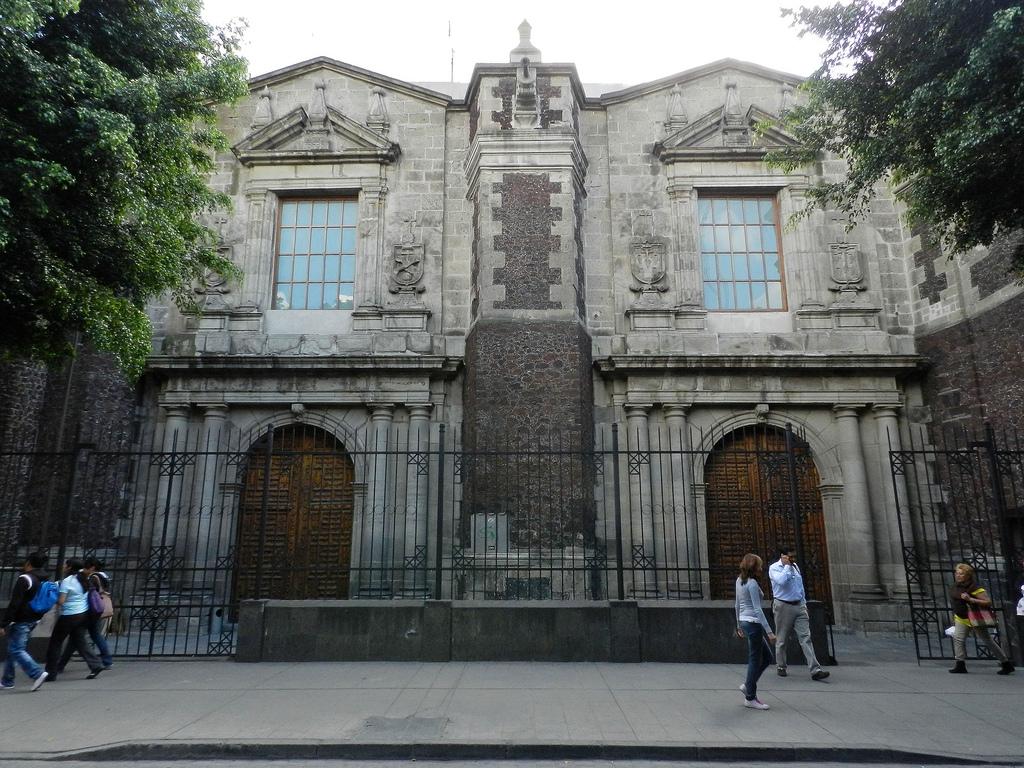
One of Centro’s truly outstanding historical buildings, for centuries it was the convent of the Clarisas from the 16th century. Today it’s something like a “Library of Congress” with a stunning collection of publications and artifacts, but also with a lush, deep, dark intellectual interior, that beckons from centuries past.
Address: Tacuba 29, Centro Histórico
Photographs this page: Flickr – Creative Commons
